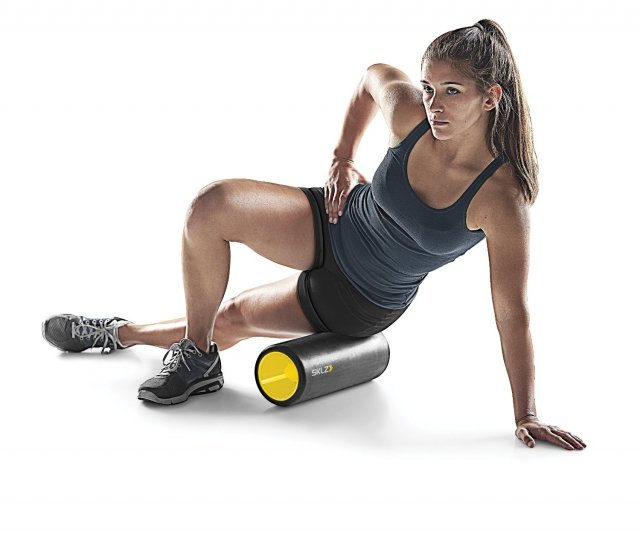When to foam roll
When is the best time to foam roll?
Its often been believed that you should foam roll before and after your workout, to be honest I believed that in the early days and but i'm not entirely convinced now
So what are the arguments?
Foam rolling or 'Self myofacial release' is just a fancy, easily accessible way of massaging yourself to release any tight muscles or knots (Trigger points) common rolling points are calves, IT Band, quads and lats. These foam rollers are now common place in any gym which is good as they aren't just a fad, they are very effective if used the correct way. The debate really is if foam rolling is useful both ends of your workout, are they an effective warm up tool as well as an after workout addition to yor stretching regime.
Against:
So what is the argument about not foam rolling prior to a workout? Kelly Starrett, founder of `mobilitywod.com' believes - that a pre-workout rolling session may hinder your workout because it turns on your parasympathetic nervous system which is responsible for helping you unwind and recover. Foam rolling helps drive blood into local areas, which allows nutrient exchange and waste to be cleared out which speeds up the recovery process as a whole and can be very effective tool when used often enough. Dr John Rusin believes that foam rolling is best performed after workouts as a recovery although he does agree that it serves a purpose if theres a notable mobility disfunction present. Opinion here seems to find foam rolling a waste of time at the beginning as a general warm up, with the exception being tose that have been informed of an imbalance or ver active muscle.
For:
Some experts believe that rolling before can help decrease muscle density and promote a better warm up. Dr Mike Clark National Academy of Sports and Medicine says that 'if done correctly before exercising it will prevent injuries'. He goes on to add that 'If you have muscle imbalances, and all you do is dynamic or static stretches to warm up then your body will continuosly compensate for your problem spots.
In a perfect world SMR would be done both before a workout as part of a dynamic warm-up and as part of a cool down. As part of the warm-up, it should be the first thing done, before any stretching or cardio. Here, it serves to get the blood flowing the areas that maybe aren’t receiving as much blood flow and helps to reduce tension in muscles. As part of a cool down, the rolling helps to flush out blood that has pooled in the working muscles and allows fresh nutrients and oxygen to come in and begin the healing process.
If one is limited with time (as most of us are) and can only choose one time to roll, pre-workout will get them the best results. For the benefits stated earlier, rolling for as little as five minutes before a workout can have a great impact on the quality of each training session. Brynne Elliott, MSc, is the director of education and programming at TriggerPoint Performance Therapy
There is no universal agreement on when to roll, how often to roll, or how long to roll, but generally, techniques are used both before and after a workout. Foam rolling prior to a workout can help decrease muscle density and promote a better warmup. Rolling after a workout may help muscles recover from strenuous exercise.
I personally agree that its not always neccessary if you have no 'recognised' muscle imbalances or over active muscles that have been identified by a 'Squat test analysis' . Providing a proper warm up has happened prior to workout then you should be ready to go.
If foam rolling is something you are already doing or intend on doing then research why, when and how before you start. Have your own opinion and go for it.

